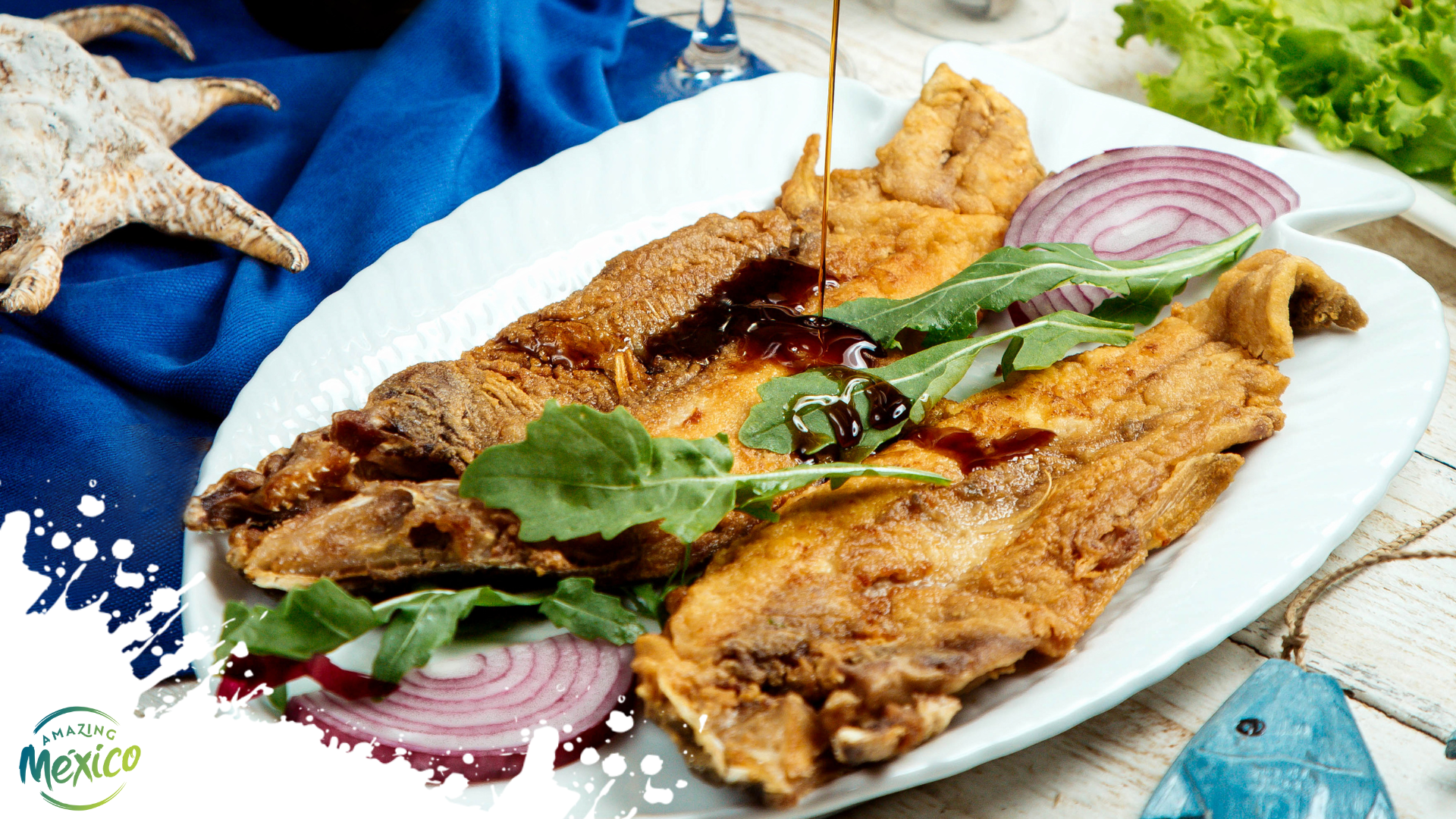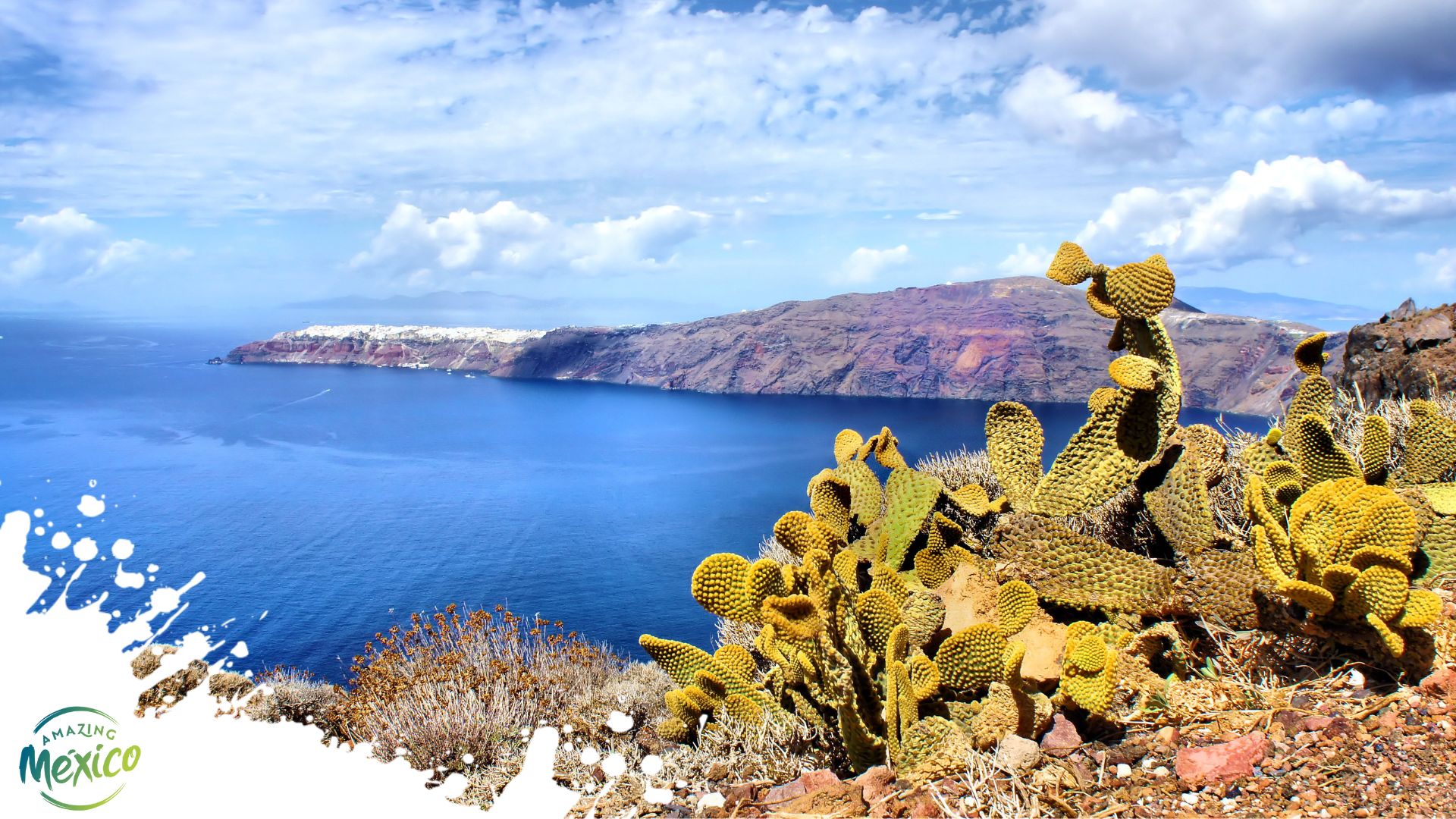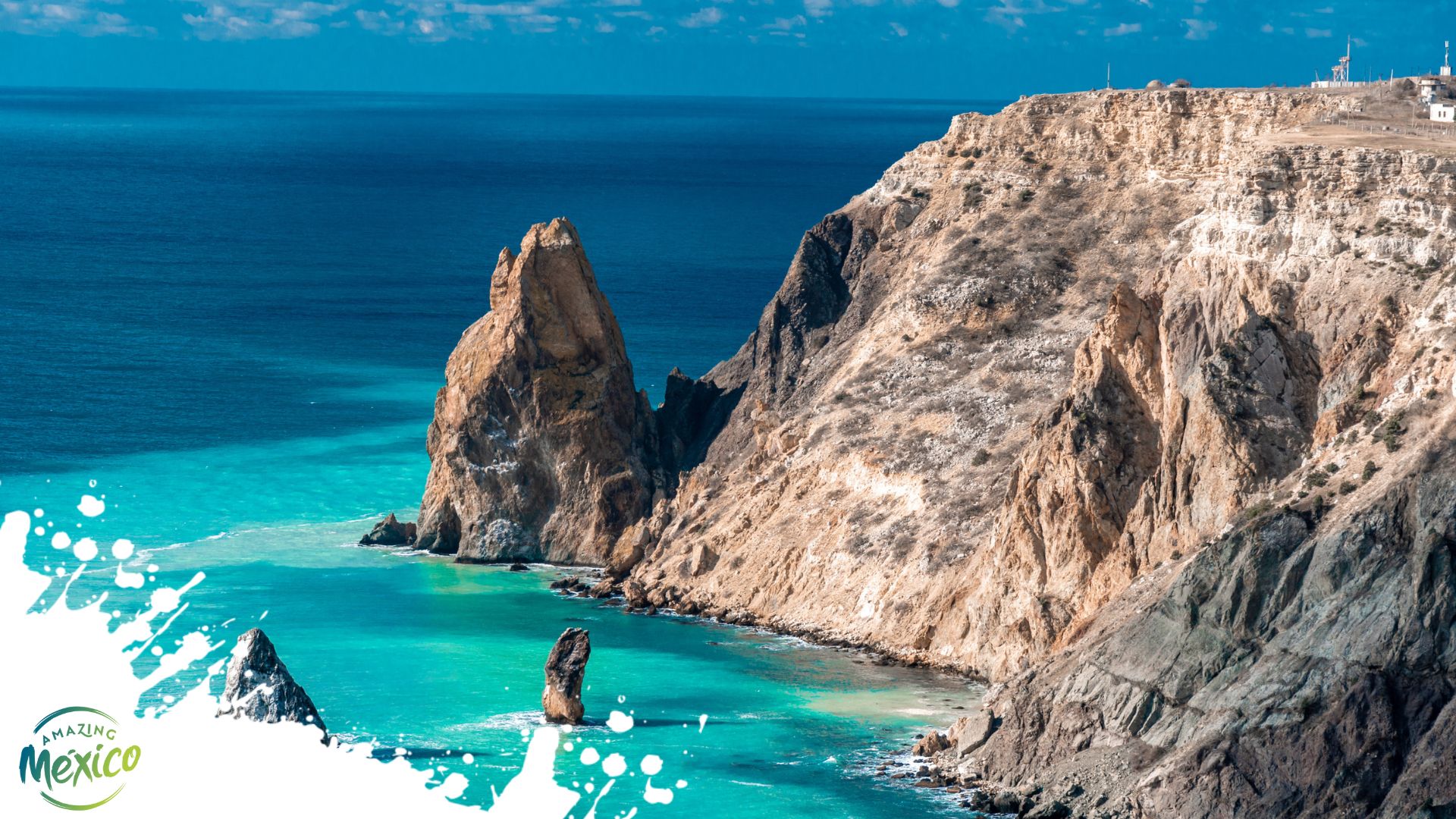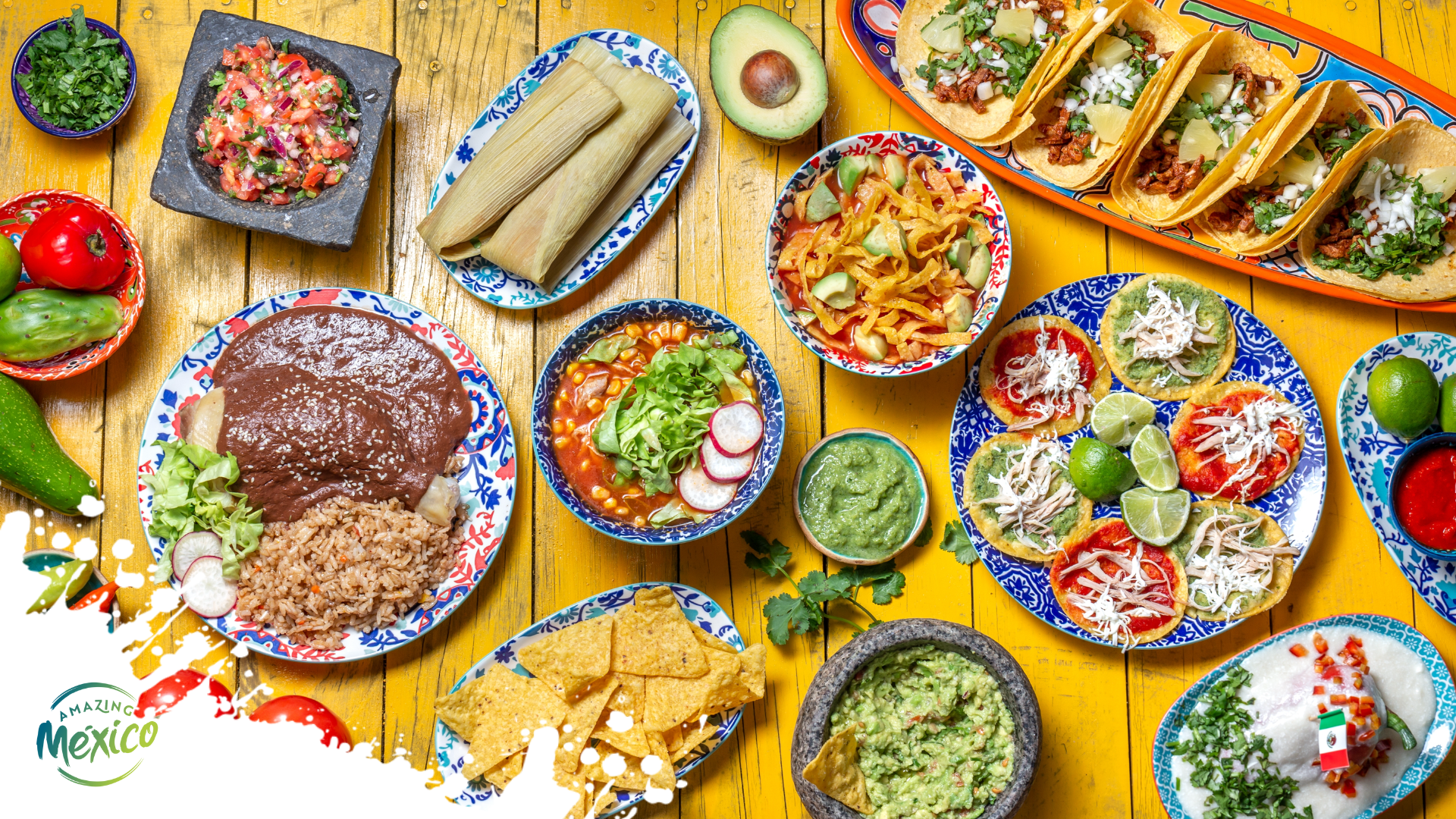Tequila’s Origins in Mexico

Are you a tequila lover? If you are, then you may be wondering about tequila beginnings in Mexico. There is a small town in the western state of Jalisco, Mexico that is named Tequila, and this town is famous due to the production of this loved strong liquor. The Tequila town is located at the base of the Tequila Volcano, and this is where you will see remarkable blue agave fields which is the main ingredient in tequila. Would you like to see and learn more about tequila beginning’s in Mexico for yourself? You can do that in this small town as there are haciendas and distilleries that offer a variety of historical and tequila tasting tours. Below we have provided a few of the highlights on tequila humble beginnings in Mexico.
The Background of Tequila
Before the 1500’s, the native people used the blue agave plant to make a fermented drink. The blue agave plant contains sugar, which is one of the main ingredients of tequila. When the Spanish people arrived at the region shortly after, they started distilling tequila into a fermented beverage that is loved worldwide. The Santiago de Tequila, a village was founded by Franciscan monks in 1530, was made up by locals that first inhabited the area that was near the Tequila Volcano, which is also called the Chiquihuitillo Mountain. The native people began to revolt against the Spanish rule as they made claim on the Tequila Mountain in 1541. A man named Friar Juan Calero tried to keep the situation calm, but unfortunately, he was killed when rocks and arrows were thrown at him, and then they took his body and hung it on a stone idol in the village. Tequila has become very popular worldwide throughout the years, and the history and background of tequila led to it being named a World Heritage Site. The Tequila town was also named a magical town or “Pueblo Magico”, a high distinction issued by the Mexican government in 2003.
Tequila: Quaint Town with Charm
There are approximately 27,000 people that call this small town home. There is the main church in the small town called the Church of Santiago Apostol, which was constructed during the eighteenth century. Another spectacular building in the town is the Quinta Sauza which was constructed during the 1830’s. It has a very large outdoor garden that features beautiful stone fountains, and the inside courtyard has a centrally located fountain that is intricately decorated with fine details. If you are wanting to explore the chapel, head to the back entrance that is off of the inside courtyard.
Distillery Tours, Museums, and Exhibits
In 1873, the La Perseverancia Distillery was built and constructed to continue the tequila making process. Today, the La Perseverancia Distillery has tours that are guided, so guests can enjoy an educational experience to learn more about tequila. Visitors can also admire a Gabriel Flores original painting that was created in 1969 and features the history, production, and enjoyment of tequila. The distillery also has a large museum on site that features numerous sculptures, paintings, photos, and the distillery machinery. The distillery also dedicated an exhibition room to regional crafts and handicrafts created by indigenous people that live in the surrounding area. People that would like to learn more about tequila history will want to make sure they go to The Museo Nacional del Tequila and The Museo Los Abuelos as there are numerous exhibits on display. In 1997, a tequila train was established for tourists, which is aptly called the Tequila Express. The Tequila Express allows visitors to hop aboard the train on Saturday’s and Sunday’s for a relaxing excursion that is like no other. Visitors will get to travel through the breathtaking tequila country, sip on a cold margarita, and listen to live mariachi music. Sounds like a perfect evening to me!
The next time you are vacationing in Mexico, you will want to make sure to set aside a couple of days so you can go explore this charming, small town named Tequila. Visitors will learn tequila beginnings in Mexico and don’t forget to enjoy a margarita or two along the way.












